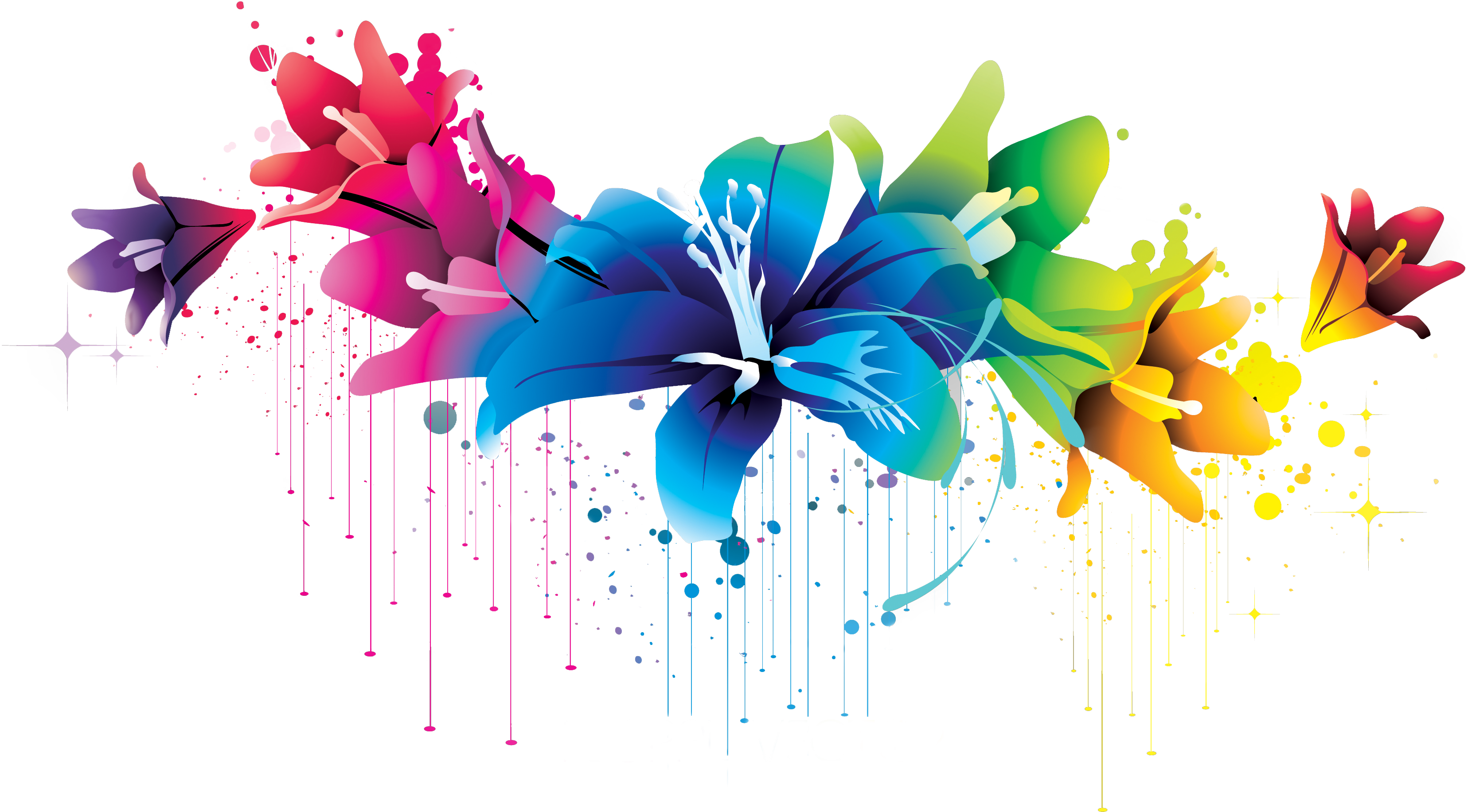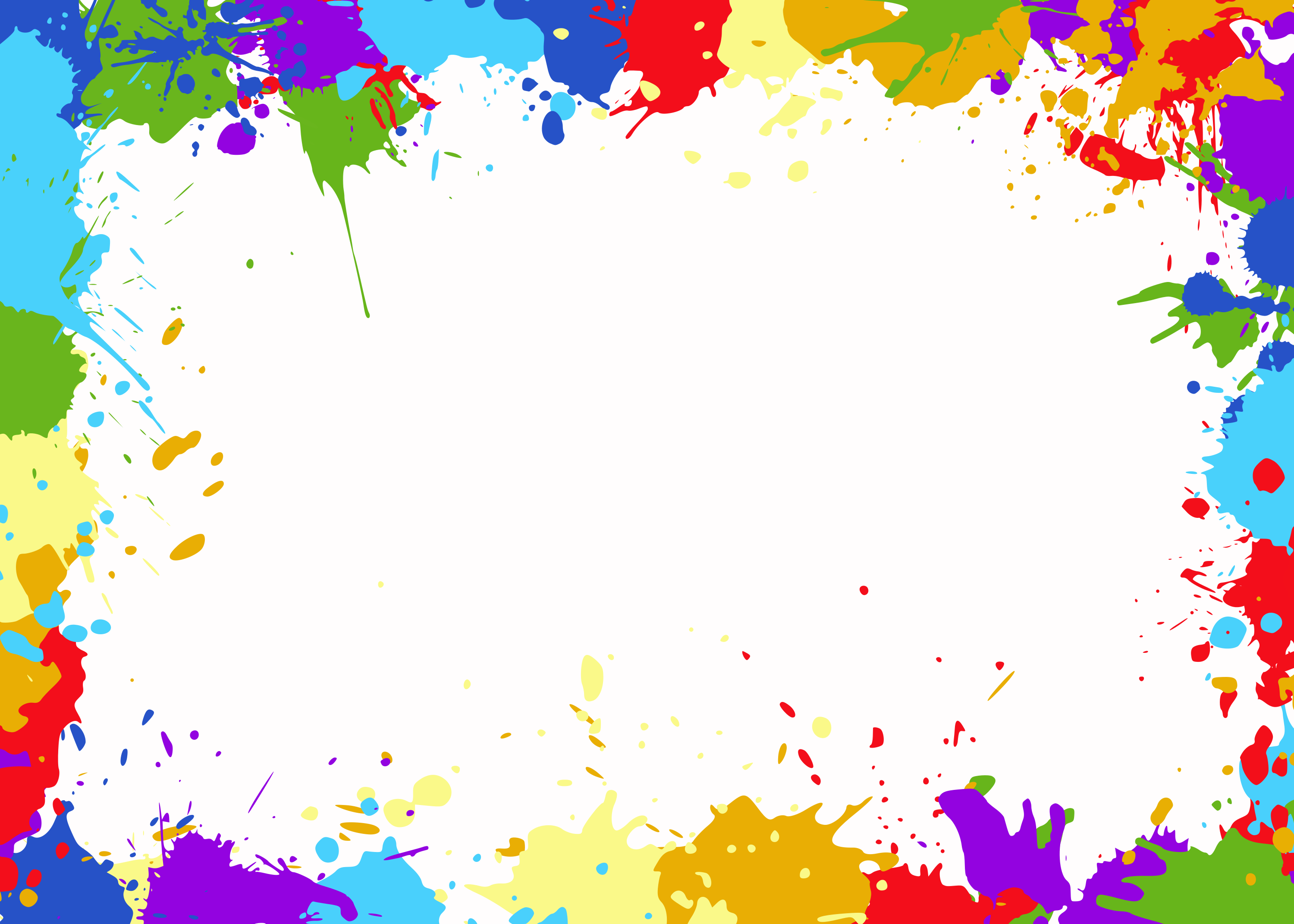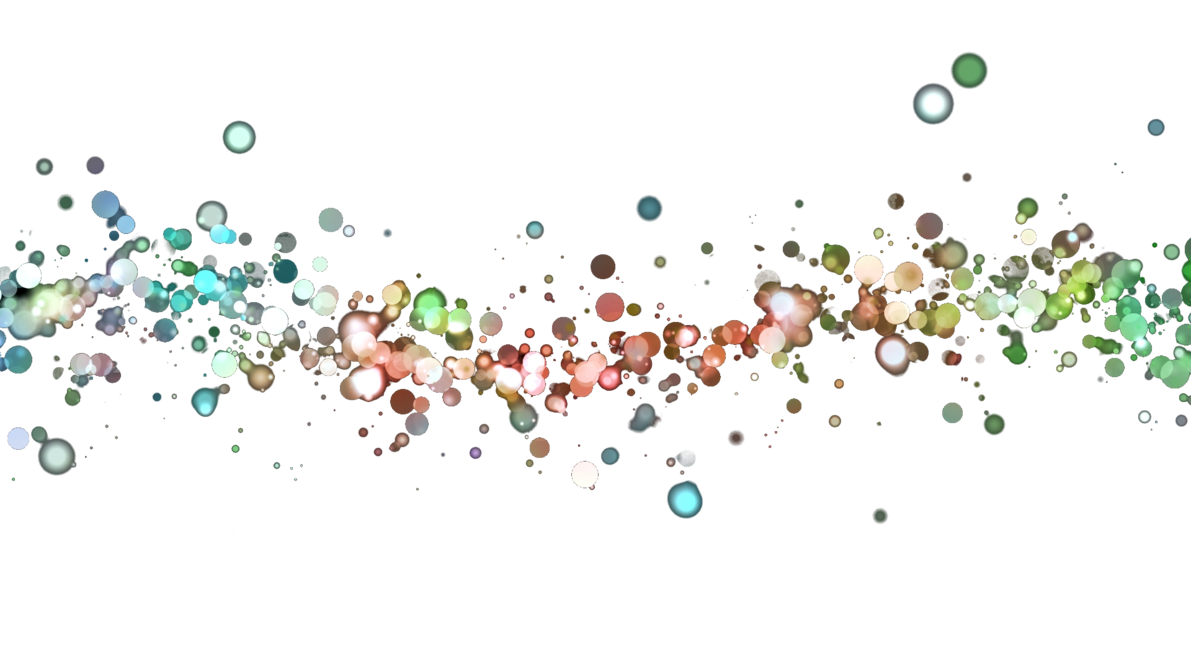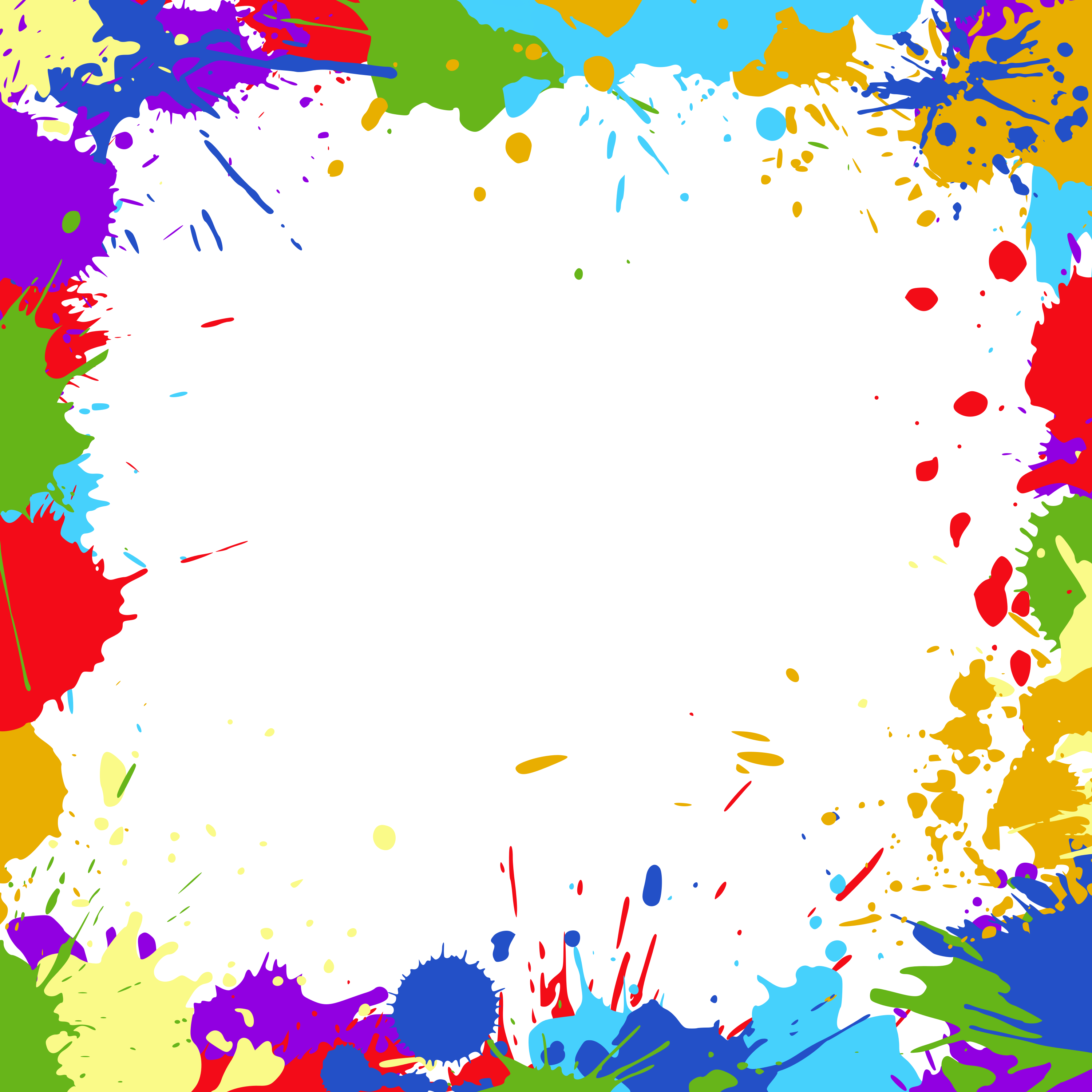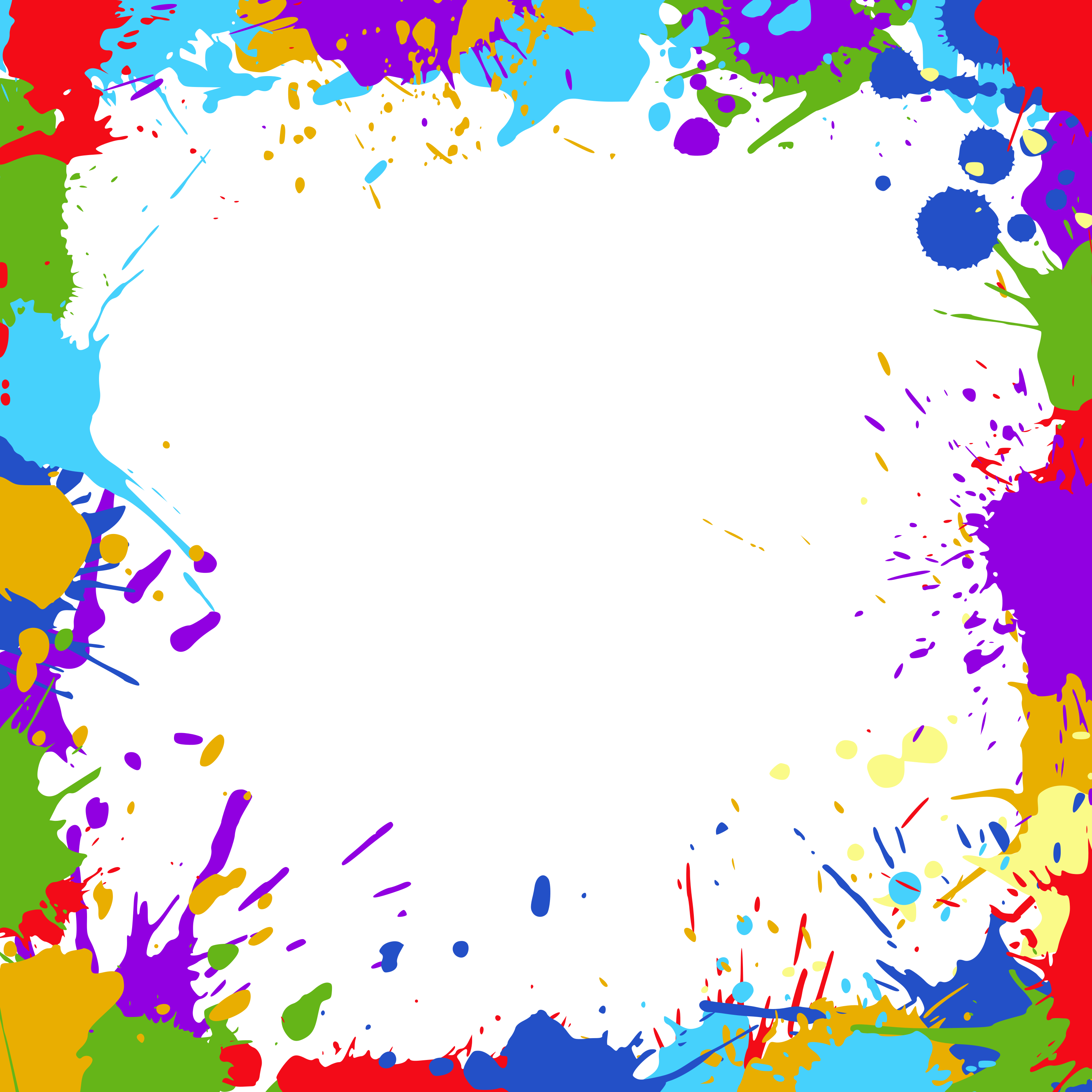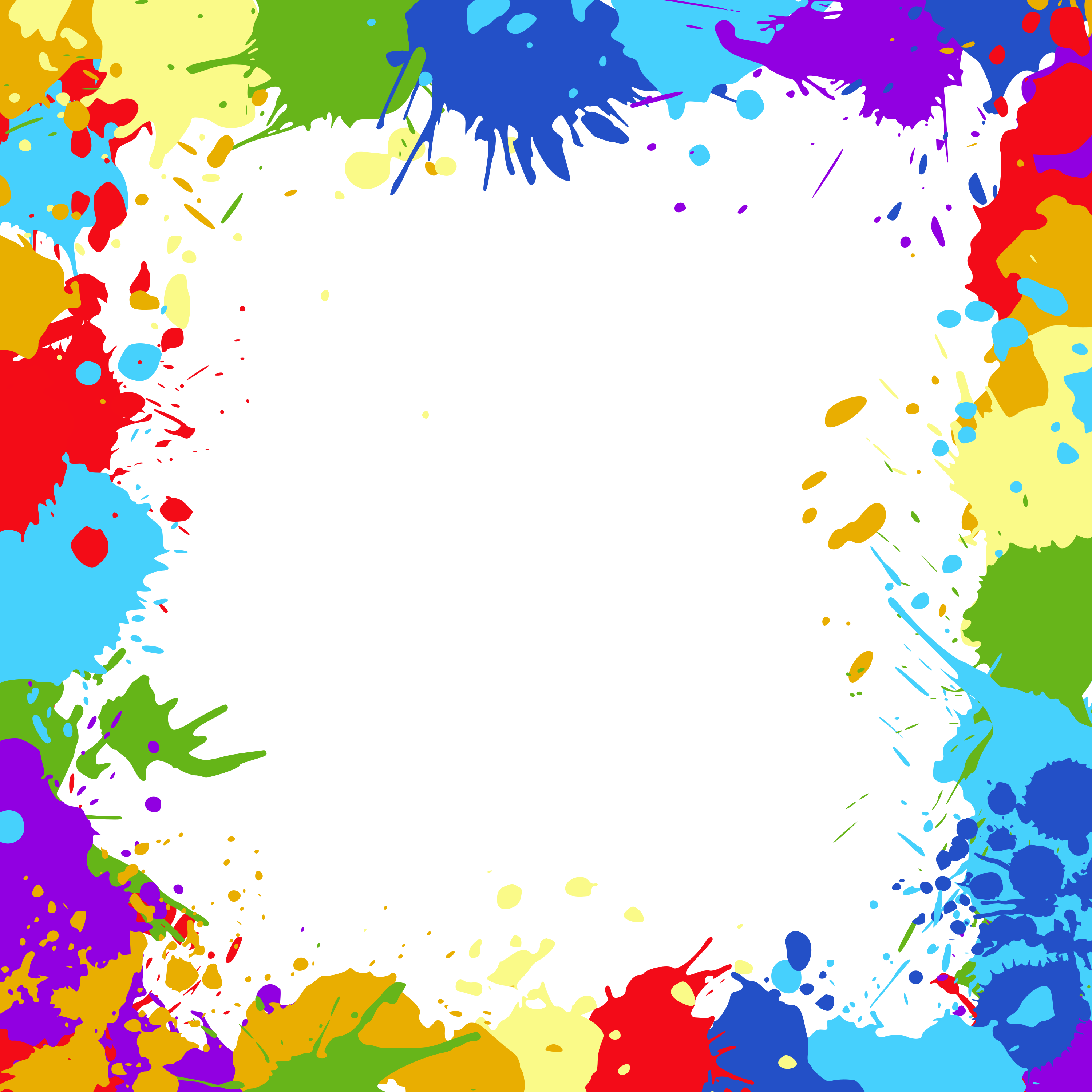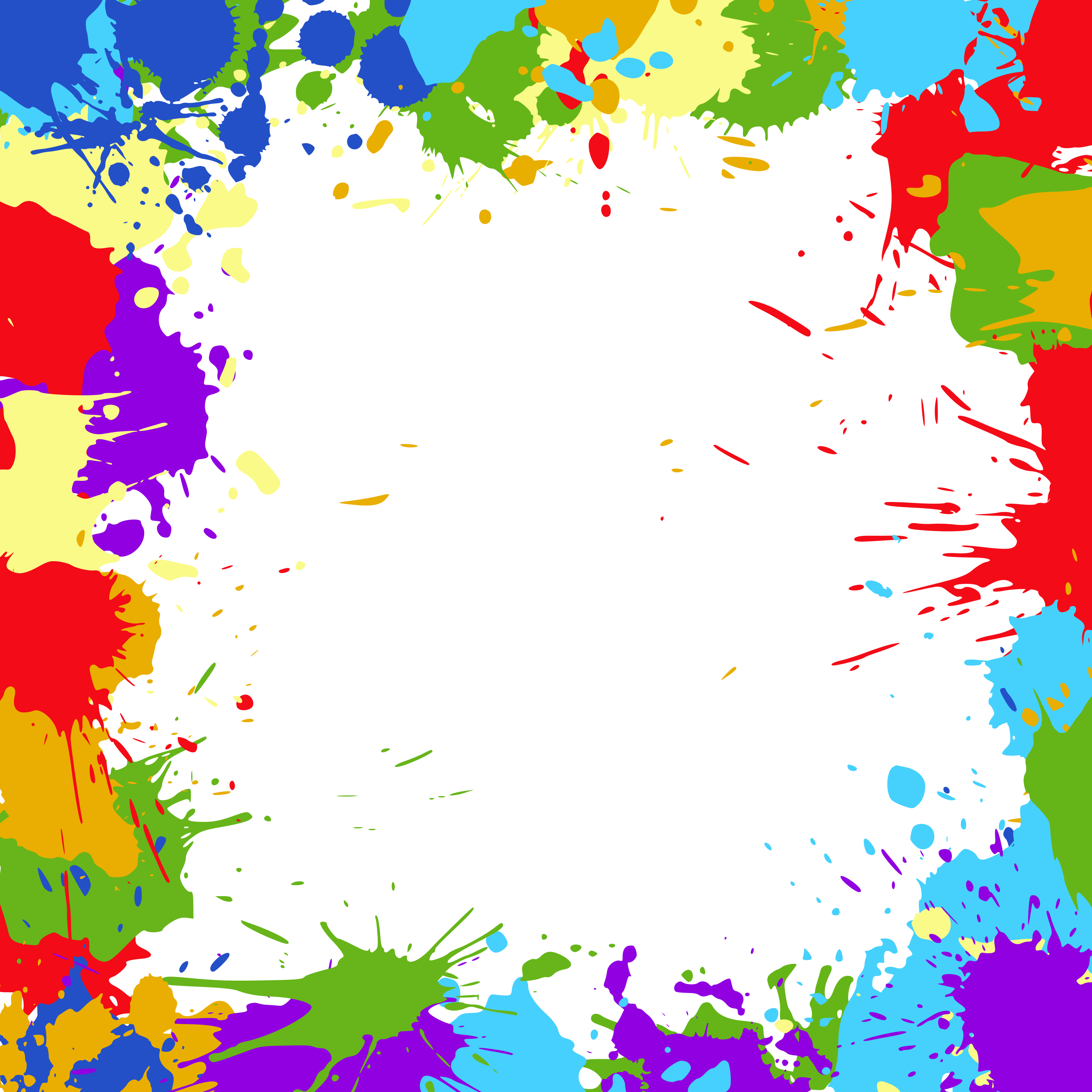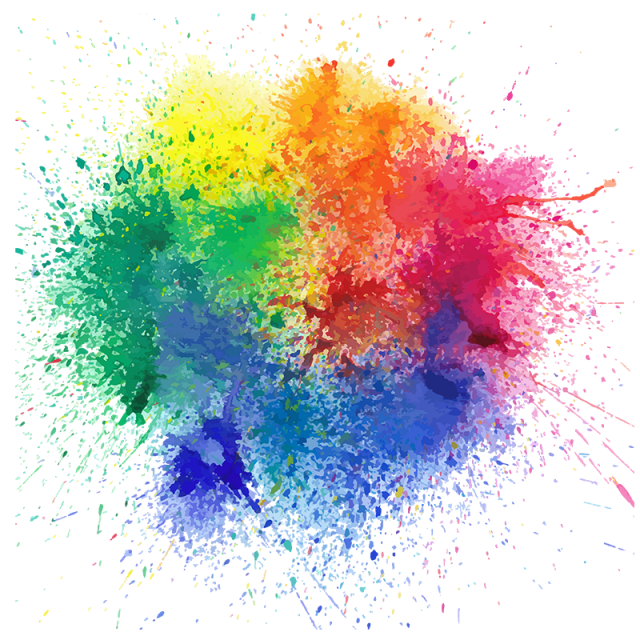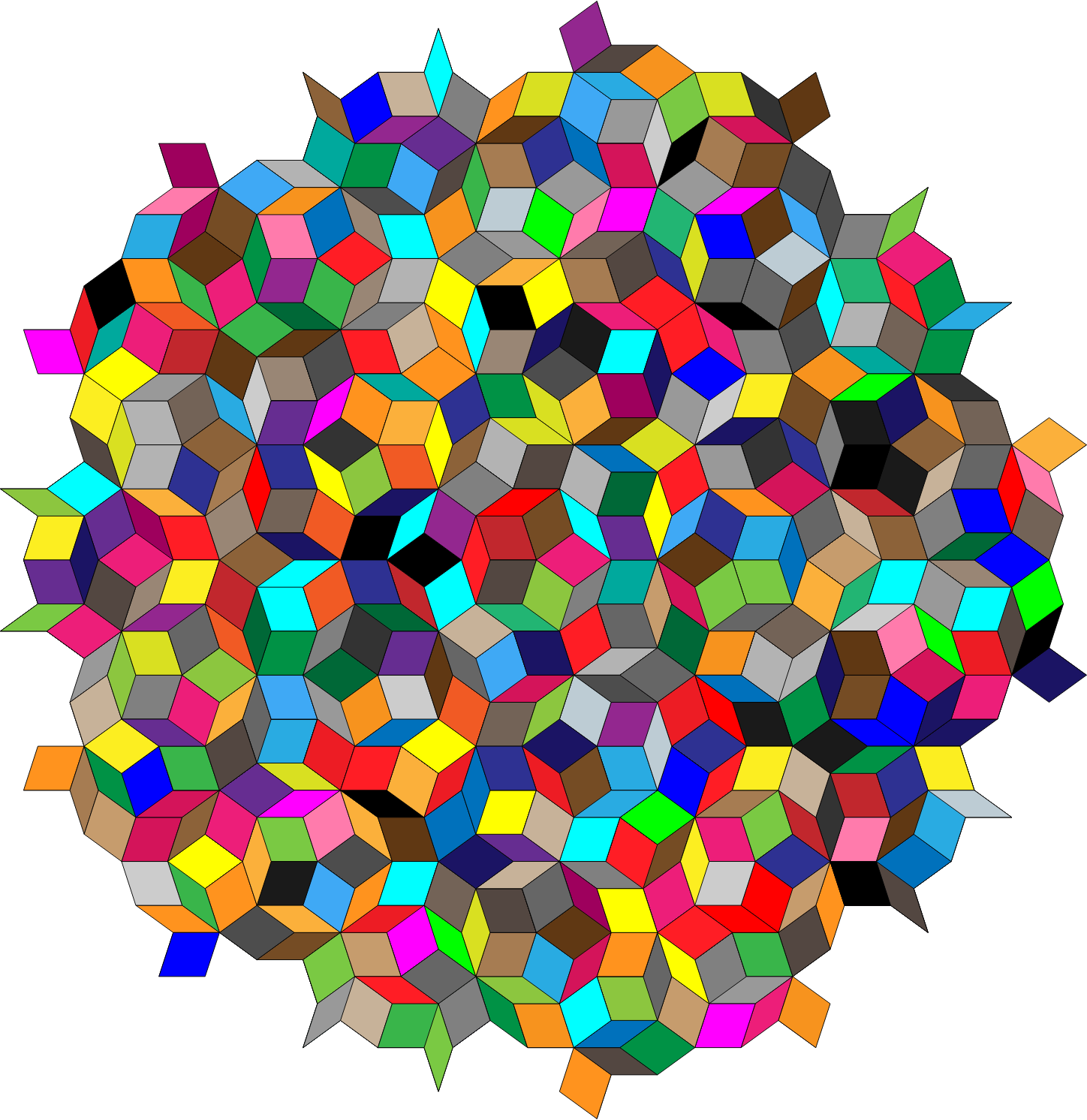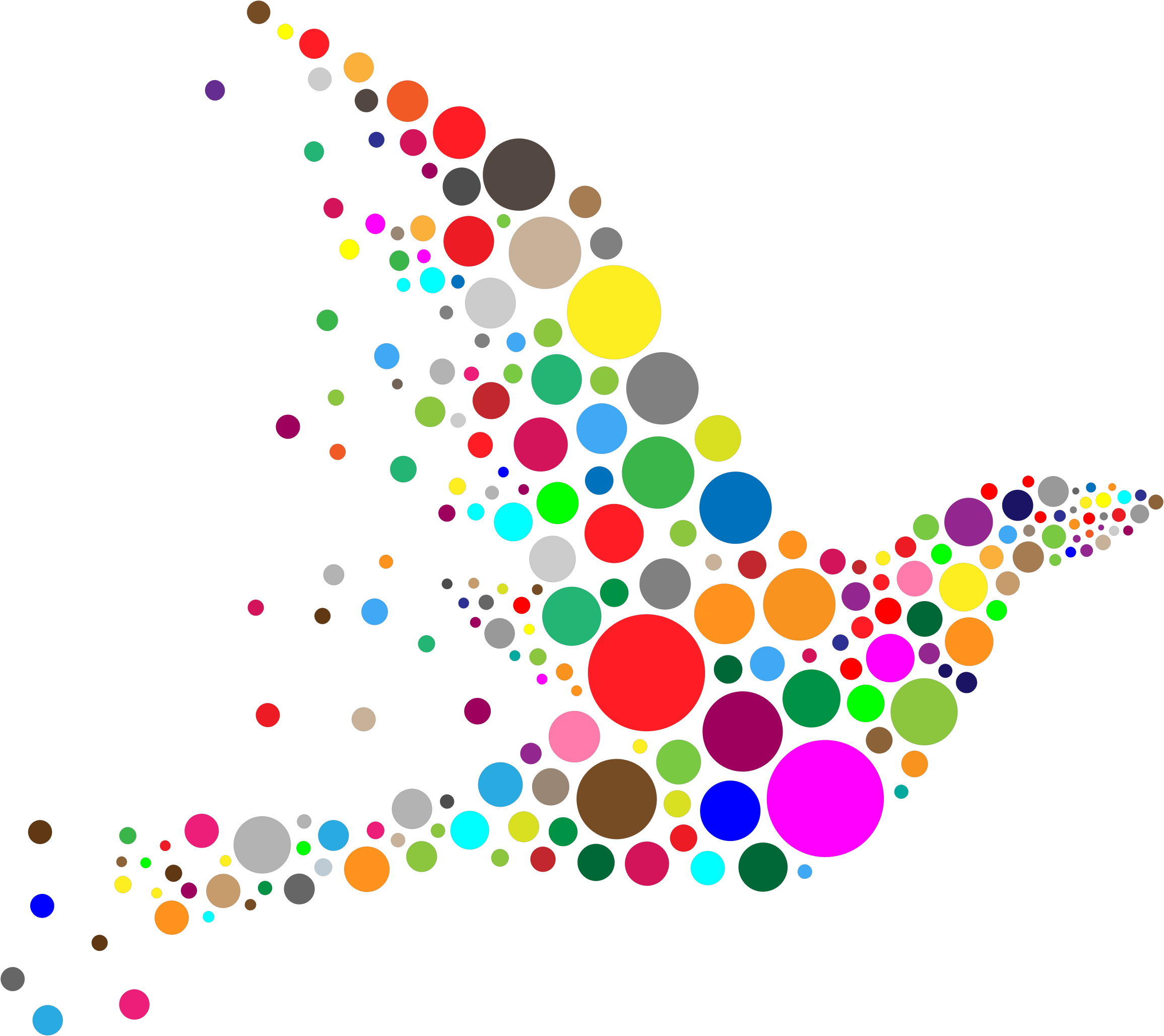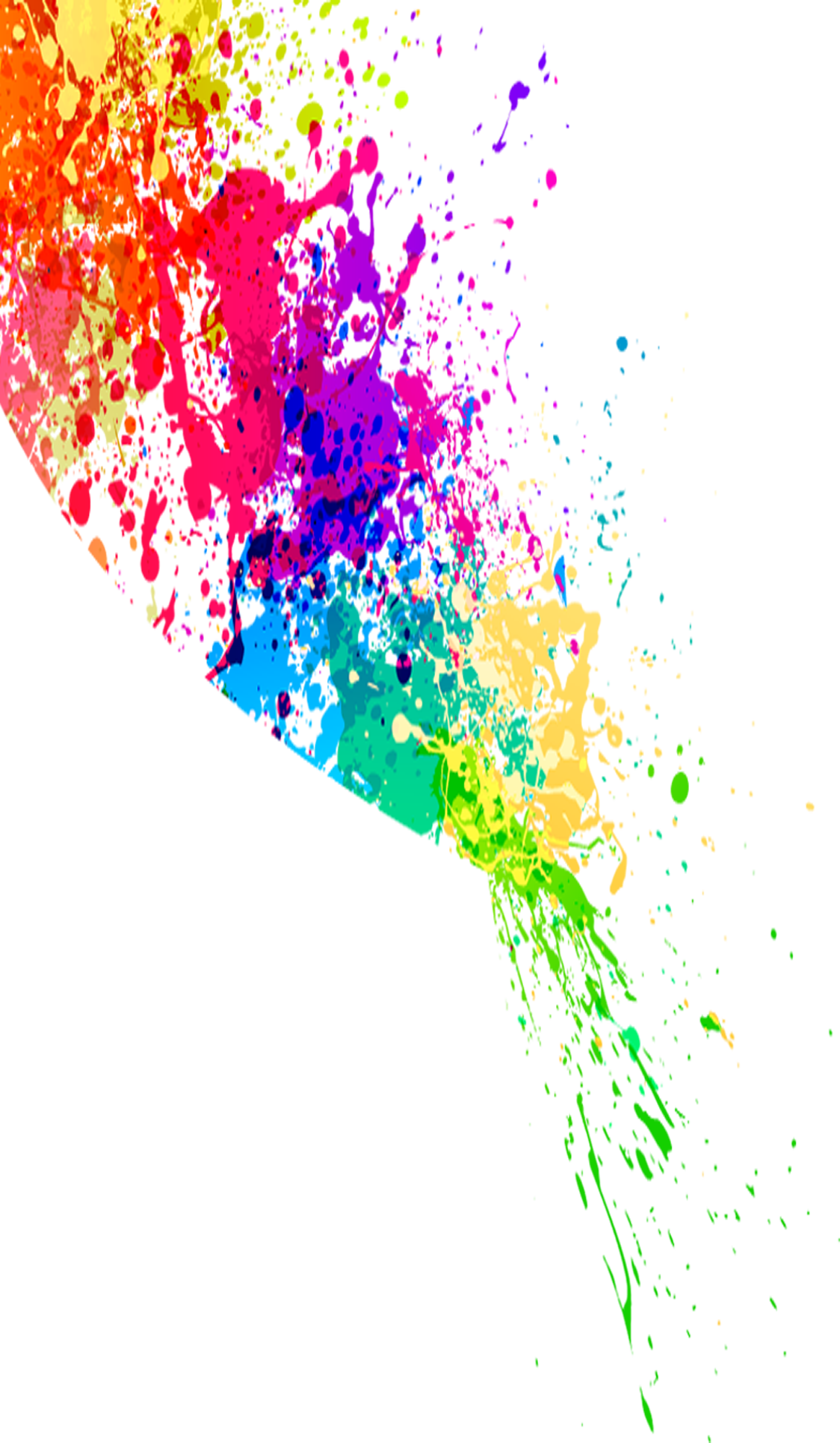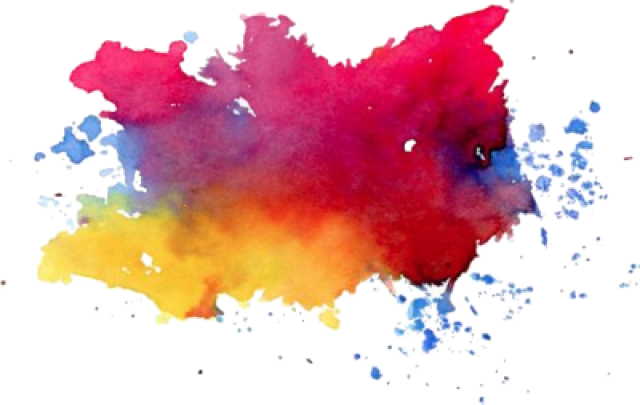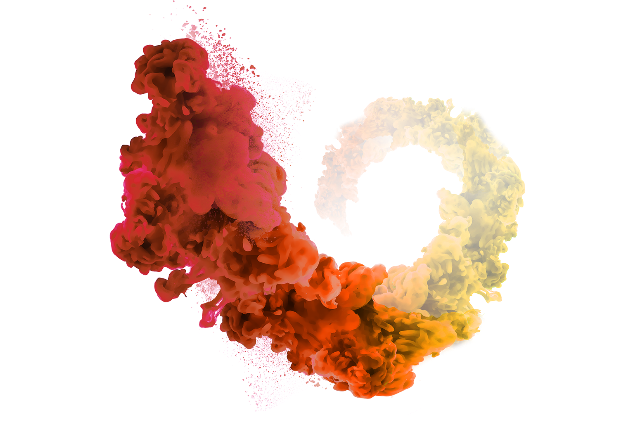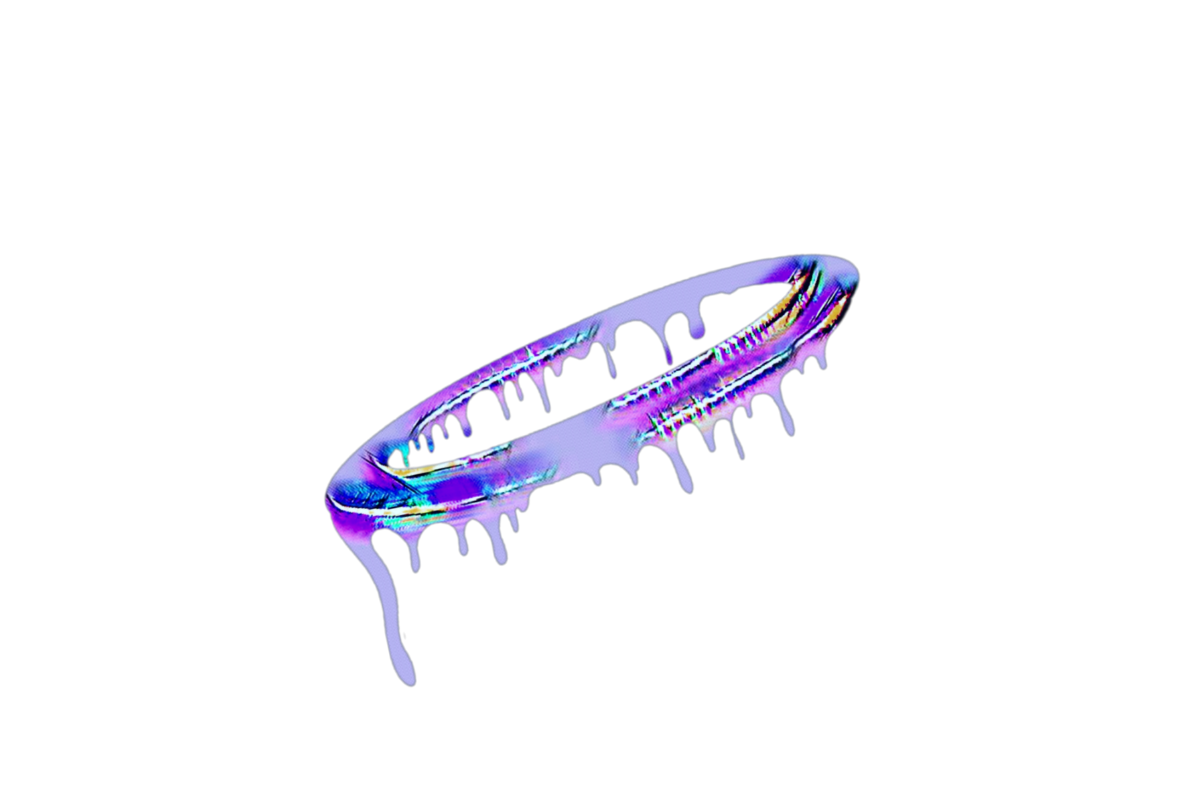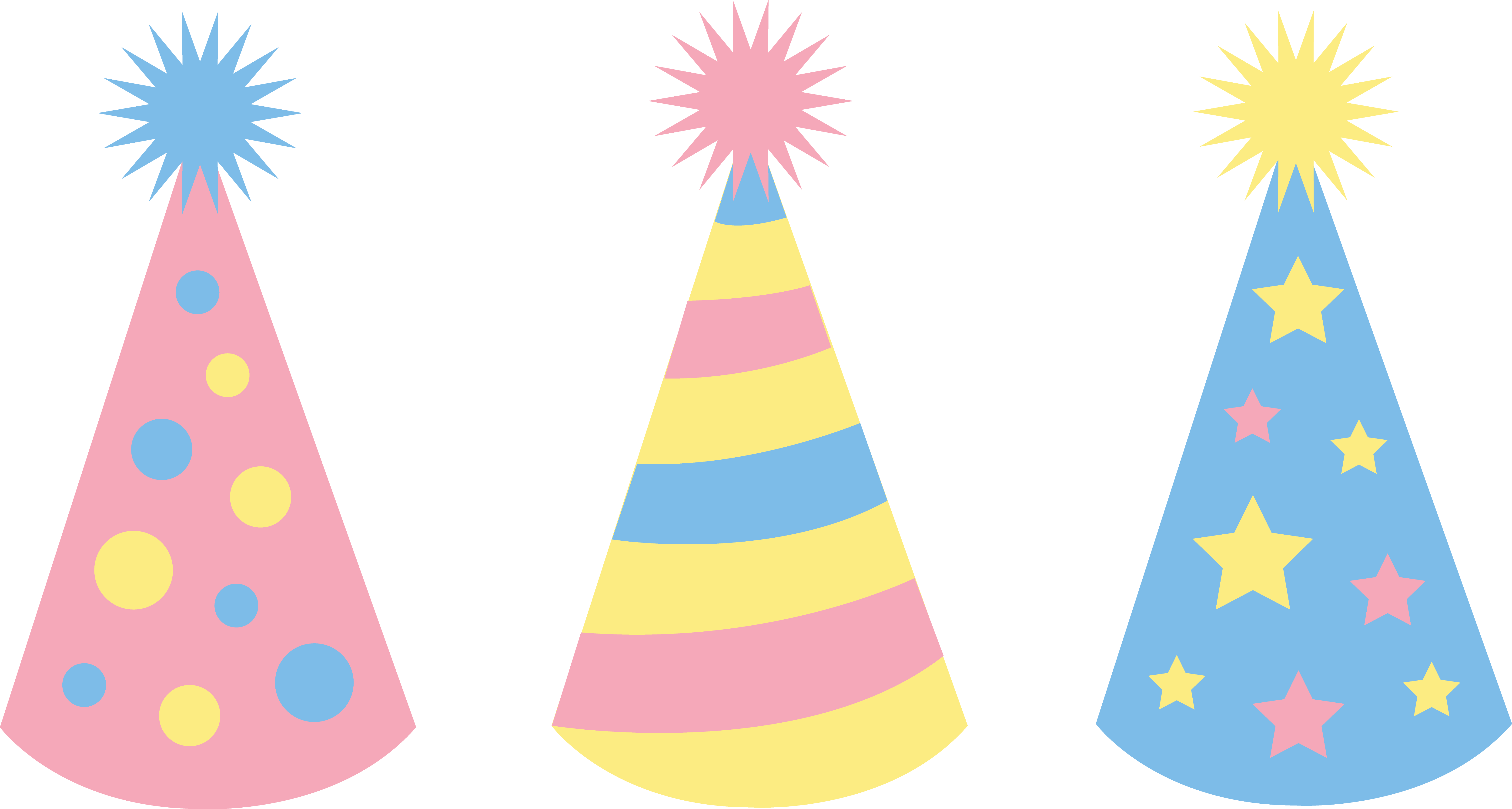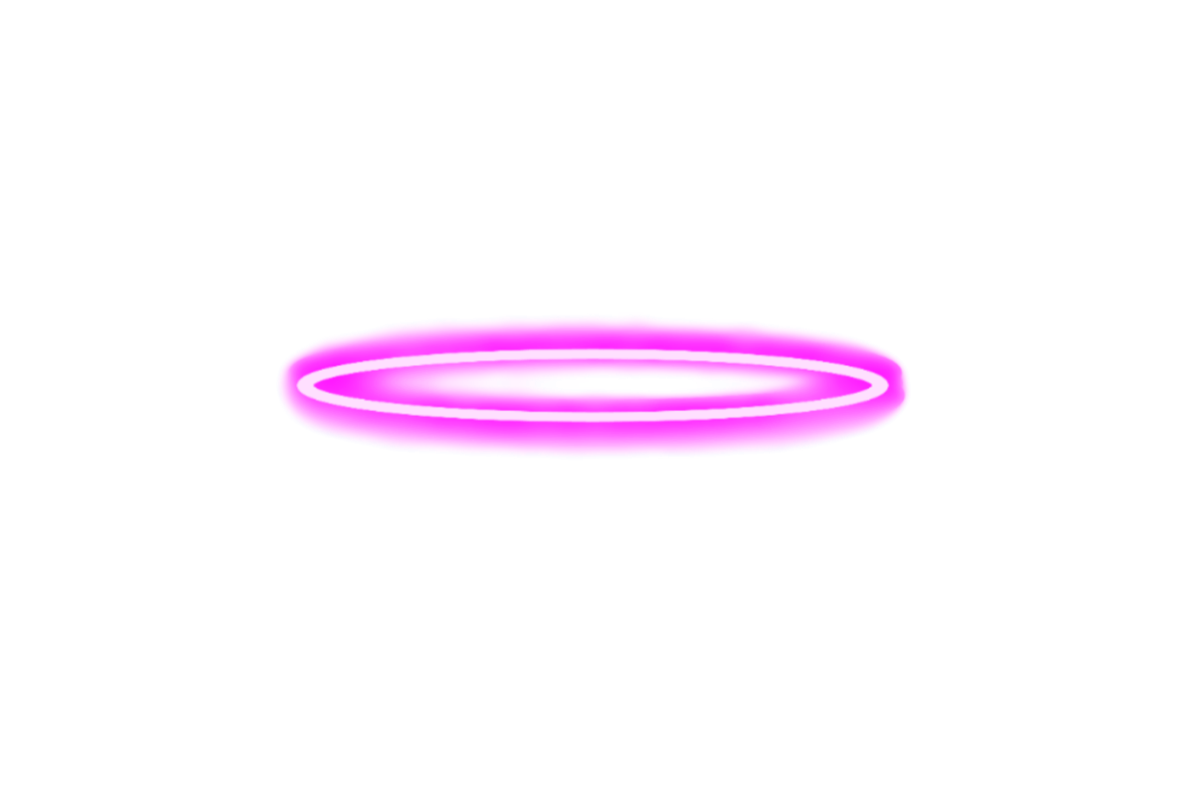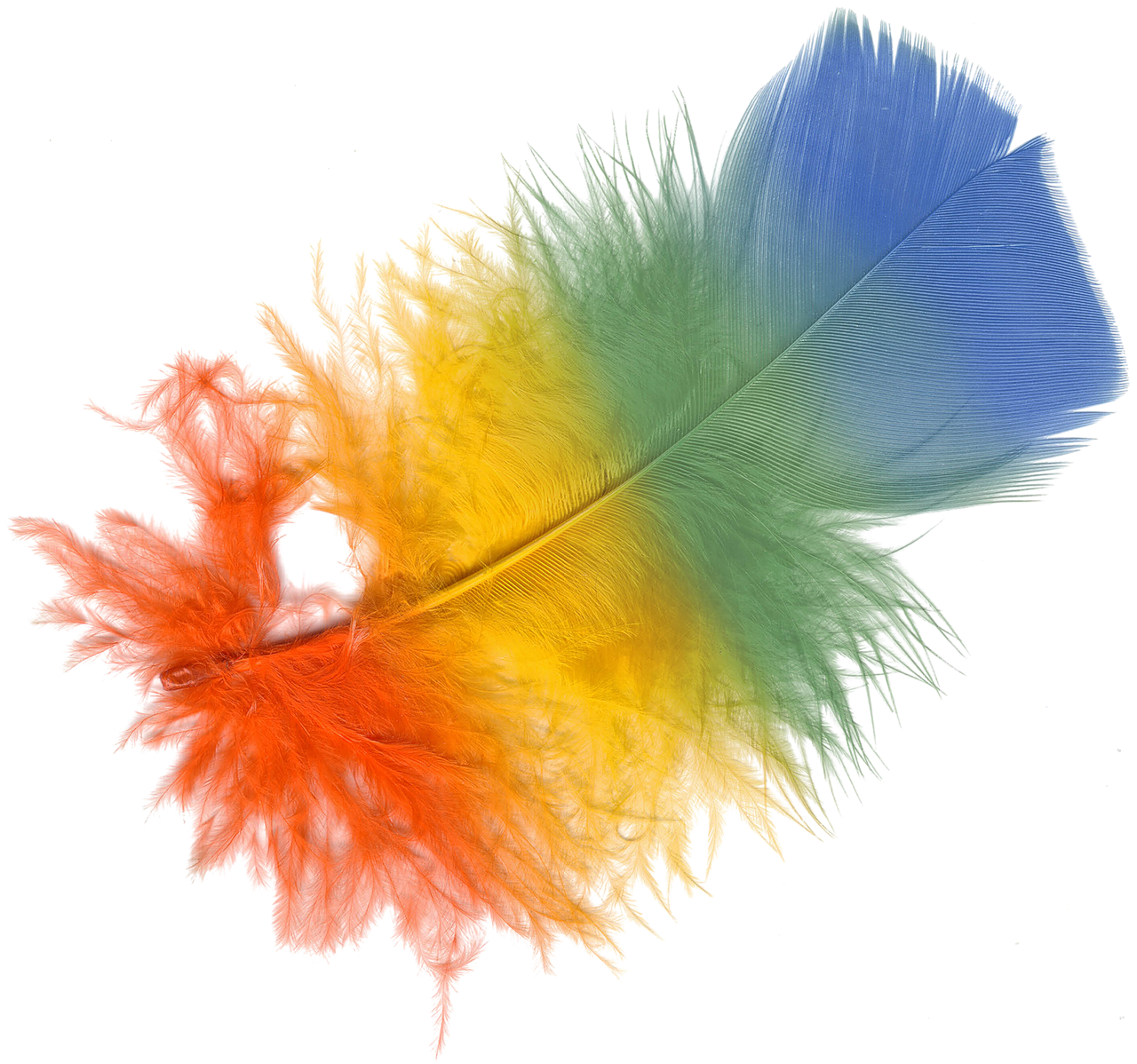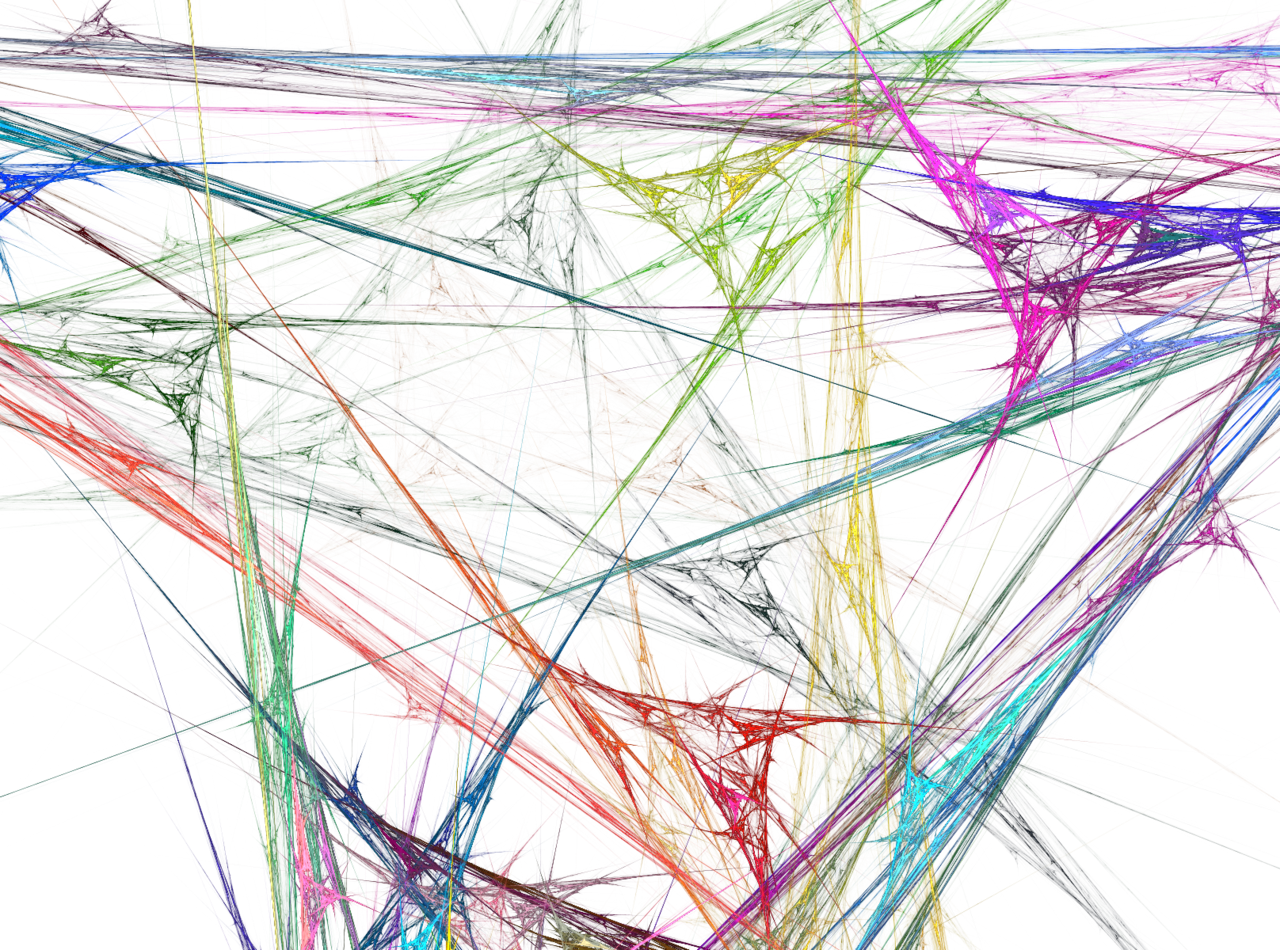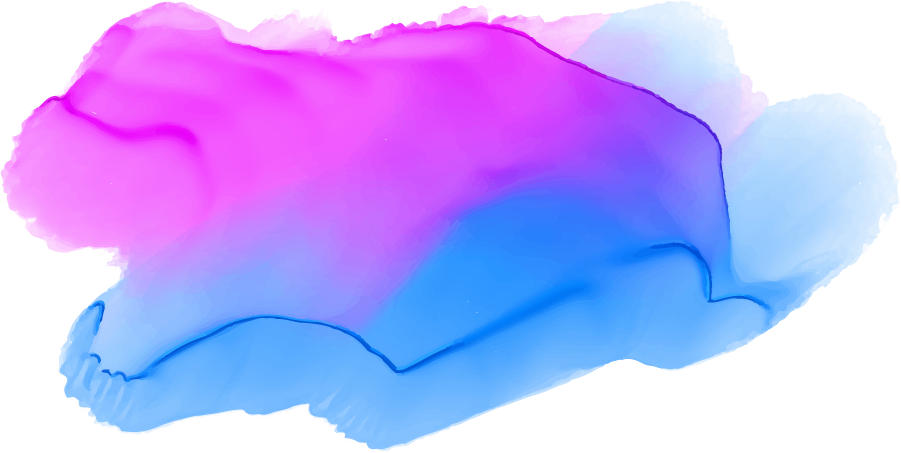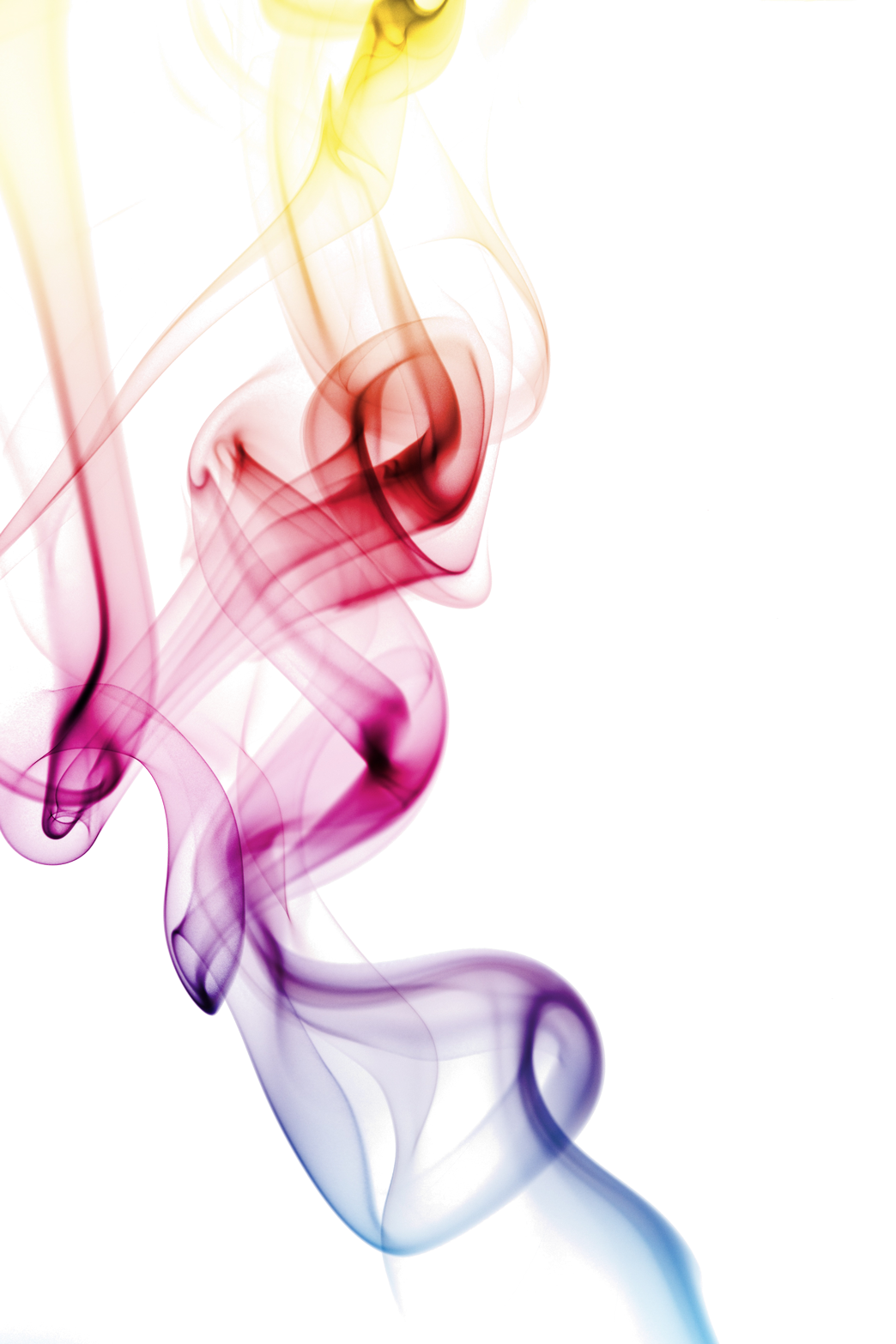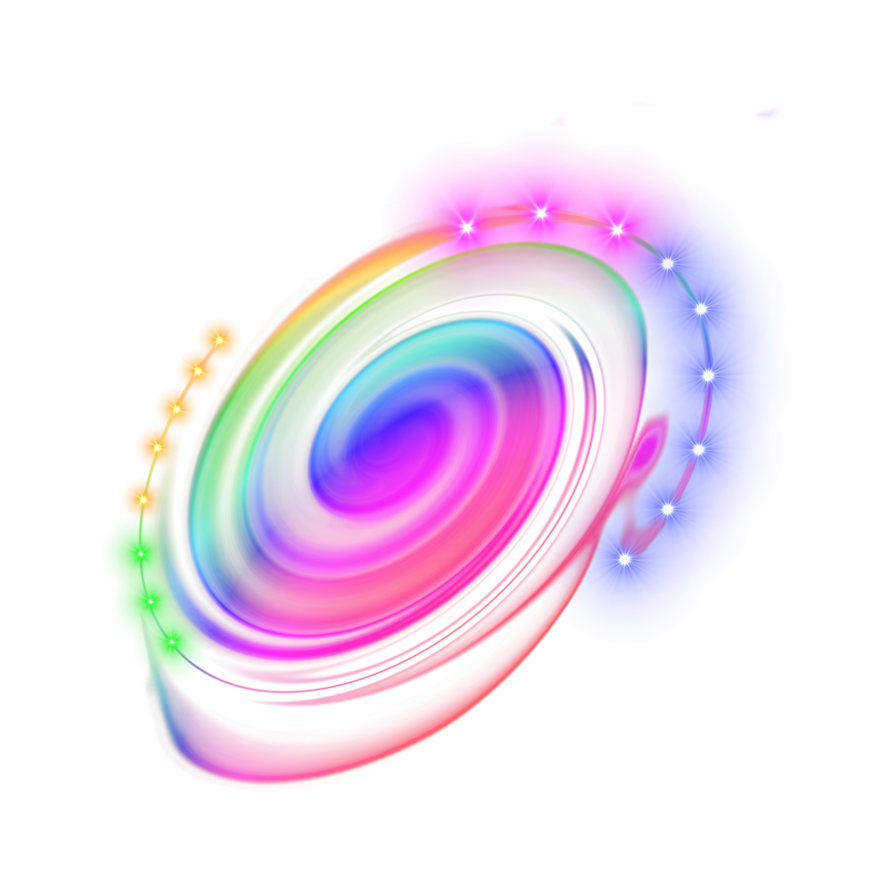Download top and best high-quality free Colorful PNG Transparent Images backgrounds available in various sizes. To view the full PNG size resolution click on any of the below image thumbnail.
License Info: Creative Commons 4.0 BY-NC
Color is the visual perception attribute that corresponds to the human categories of red, blue, yellow, and so on. Color is created when the spectrum of light interacts with the spectral sensitivities of the light receptors in the eye. Physical features such as light absorption, reflection, and emission spectra are also used to correlate color categories and physical parameters with objects or materials. Colors may be mathematically identified by their coordinates by constructing a color space.
Color vision is based on the spectral sensitivity of different types of cone cells in the retina to different sections of the spectrum, therefore colors may be defined and measured by how much they activate these cells. These physical or physiological quantifications of color, on the other hand, do not entirely explain how people perceive color.
Color science is often known as chromatics, colorimetry, or just color science. It covers the human eye’s and brain’s perception of color, the genesis of color in materials, color theory in art, and the physics of visible electromagnetic radiation (that is, what is commonly referred to simply as light).
The wavelength (or frequency) and intensity of electromagnetic radiation are used to classify it. It is characterized as “visible light” when the wavelength is within the visible spectrum (the range of wavelengths humans can sense, roughly from 390 nm to 700 nm).
Most light sources emit light at a variety of wavelengths; the spectrum of a source is a distribution of its intensity at each wavelength. Although the color experience in a particular direction is determined by the spectrum of light entering at the eye from that direction, there are many more spectral combinations than color perceptions.
In fact, a color may be strictly defined as a group of spectra that provide the same color sense, but these groups would differ greatly between species and, to a lesser degree, among individuals within the same species. The members of each such class are known as metamers of the color in question. This impact may be seen by comparing the spectral power distributions of the light sources and the resulting colors.
All those colors that may be created by visible light of a single wavelength alone, the pure spectral or monochromatic hues, are included in the rainbow in the spectrum, which was termed by Isaac Newton in 1671 using the Latin word for appearance or apparition.
For different pure spectrum hues, the table to the right displays estimated frequencies (in terahertz) and wavelengths (in nanometers). The wavelengths mentioned are those that have been measured in either air or vacuum (see refractive index).
The color table should not be taken as a final list”pure spectral colors comprise a continuous spectrum, and how it is linguistically separated into discrete hues is a function of culture and historical contingencies (although people everywhere have been shown to perceive colors in the same way).
Six primary bands are identified by a common list: red, orange, yellow, green, blue, and violet. Between blue and violet, Newton listed indigo as a seventh hue. It’s probable that the blue Newton described was closer to what we now call cyan, and that indigo was just the dark blue of the indigo dye being imported at the time.
The intensity of a spectral hue, in relation to the environment in which it is observed, can significantly modify its perception; for example, a low-intensity orange-yellow can be perceived as brown, while a low-intensity yellow-green can be perceived as olive green.
Download Colorful PNG images transparent gallery.
- Colorful PNG Image
Resolution: 3312 × 1833
Size: 2360 KB
Image Format: .png
Download
- Colorful Splash Border PNG File
Resolution: 3000 × 2143
Size: 665 KB
Image Format: .png
Download
- Colorful PNG
Resolution: 1191 × 670
Size: 359 KB
Image Format: .png
Download
- Colorful Splash Border PNG Image
Resolution: 3000 × 3000
Size: 776 KB
Image Format: .png
Download
- Colorful Splash Border
Resolution: 3000 × 3000
Size: 788 KB
Image Format: .png
Download
- Colorful Splash Border PNG Pic
Resolution: 3000 × 3000
Size: 779 KB
Image Format: .png
Download
- Colorful Abstract PNG
Resolution: 1102 × 1183
Size: 211 KB
Image Format: .png
Download
- Colorful Splash Border PNG
Resolution: 3000 × 3000
Size: 848 KB
Image Format: .png
Download
- Colorful PNG File
Resolution: 640 × 640
Size: 670 KB
Image Format: .png
Download
- Colorful PNG Picture
Resolution: 1448 × 1492
Size: 373 KB
Image Format: .png
Download
- Colorful PNG Photo
Resolution: 1040 × 778
Size: 210 KB
Image Format: .png
Download
- Colorful Abstract PNG Photo
Resolution: 1200 × 1200
Size: 353 KB
Image Format: .png
Download
- Colorful PNG Image File
Resolution: 3646 × 2390
Size: 150 KB
Image Format: .png
Download
- Colorful PNG Clipart
Resolution: 2310 × 2056
Size: 328 KB
Image Format: .png
Download
- Colorful Abstract PNG Image
Resolution: 640 × 640
Size: 231 KB
Image Format: .png
Download
- Colorful PNG HD Image
Resolution: 2400 × 1549
Size: 127 KB
Image Format: .png
Download
- Colorful Transparent
Resolution: 1124 × 1930
Size: 1344 KB
Image Format: .png
Download
- Colorful No Background
Resolution: 788 × 720
Size: 76 KB
Image Format: .png
Download
- Colorful Abstract
Resolution: 640 × 405
Size: 235 KB
Image Format: .png
Download
- Colorful Abstract PNG Images
Resolution: 480 × 480
Size: 20 KB
Image Format: .png
Download
- Colorful PNG Images
Resolution: 480 × 485
Size: 110 KB
Image Format: .png
Download
- Colorful PNG Free Image
Resolution: 640 × 423
Size: 222 KB
Image Format: .png
Download
- Colorful Ring PNG File
Resolution: 1200 × 800
Size: 237 KB
Image Format: .png
Download
- Colorful Ring PNG Pic
Resolution: 1200 × 800
Size: 189 KB
Image Format: .png
Download
- Colorful
Resolution: 1280 × 720
Size: 291 KB
Image Format: .png
Download
- Colorful Abstract PNG Pic
Resolution: 6500 × 3476
Size: 348 KB
Image Format: .png
Download
- Colorful Ring PNG
Resolution: 1200 × 800
Size: 64 KB
Image Format: .png
Download
- Colorful PNG Images HD
Resolution: 1280 × 1198
Size: 2256 KB
Image Format: .png
Download
- Colorful Abstract PNG Cutout
Resolution: 1280 × 950
Size: 2860 KB
Image Format: .png
Download
- Colorful PNG Cutout
Resolution: 901 × 453
Size: 170 KB
Image Format: .png
Download
- Colorful PNG Photos
Resolution: 900 × 600
Size: 65 KB
Image Format: .png
Download
- Colorful PNG Image HD
Resolution: 1044 × 1566
Size: 1550 KB
Image Format: .png
Download
- Colorful Abstract PNG File
Resolution: 600 × 570
Size: 224 KB
Image Format: .png
Download
- Colorful PNG Pic
Resolution: 1024 × 1024
Size: 1159 KB
Image Format: .png
Download
- Colorful Ring
Resolution: 894 × 894
Size: 530 KB
Image Format: .png
Download
